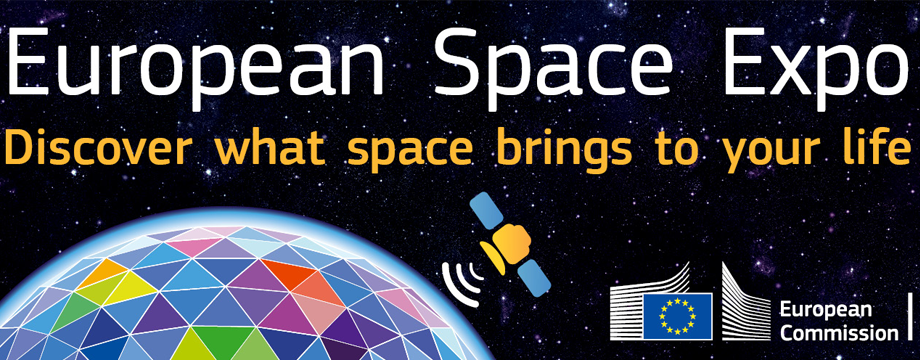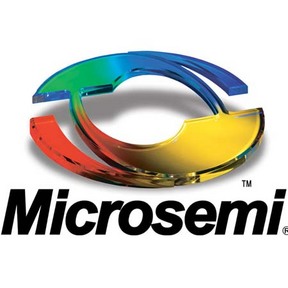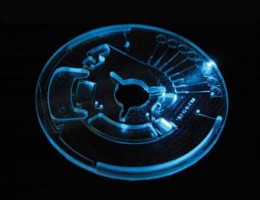The Top 5 Irish Companies Putting People in Space.
 Last Friday I had a look into the courtyard at Trinity College Dublin to find out why there was a giant, white, geodesic dome there. I regularly guide tours around Dublin in my spare time and the construction of the dome was underway during the previous weekend’s tour. Needless to say, my interest had been peaked.
Last Friday I had a look into the courtyard at Trinity College Dublin to find out why there was a giant, white, geodesic dome there. I regularly guide tours around Dublin in my spare time and the construction of the dome was underway during the previous weekend’s tour. Needless to say, my interest had been peaked.
The dome, as it turned out, was the site of TCD’s European Space Expo 2013 – an impressively interactive exhibition focusing on the wide range of technological and economic benefits that space exploration brings to Europe and to Ireland. Ireland (as I’ve previously blogged) has developed a public relationship with the world of space exploration over the last couple of months with Commander Chris Hadfield regularly name-checking the Emerald Isle in his tweets from orbit.
You would be forgiven for thinking (as I did) that this relationship was little more than an enjoyable albeit tenuous flirtation with the stars. What I learned is that Ireland is one of the key technological players in the European Space Agency – and has been for over a decade. Over 80 Irish Companies have secured contracts from the ESA in the last ten years and some have played a critical role in enabling Europe’s space program to become a flourishing, multibillion-Euro industry.
One of the greatest (Read: most despicable) misconceptions about space exploration is that it is a waste of time and money. This couldn’t be further from the truth and the benefits are not just confined to some obscure corner of the jet-propulsion world. Space is one of the most challenging environments that we can send a person – let alone keep them there for months at a time – and the innovation required to make this endeavor feasible contribute directly to an improved living experience down here on little old planet earth.
A large part of the Space Expo 2013 was dedicated to educating the people of Ireland about the impact of Irish research and innovation on space technologies in the past, how we continue to excel in this field today, and how an investment in space technology will pay impressive dividends for our future.
Below I’ve compiled a list of the top 5 Irish companies which have helped put Europe in orbit. For more details click on the titles.
This company based out of Cork manufacturse silicon photomultipliers. These are basically light detectors used in many applications ranging from satelite communications to gamma ray spectroscopy to LIDAR – a cutting edge remote sensing technology which uses laser to illuminate it’s target. SensL’s tech has successfully made the jump from space projects to commercialisation too, being used in numerous tasks such as hazard and threat detection, medical imaging, light detection, biophotonics and academic research. SensL have been working with the ESA since 2005.
EnBio’s core technology, CoBlast, is a surface modification technology which improves materials for application to space technology. CoBlast replaces the oxide layer of reactive metals with an application-specific chemically bonded and particulate-free thin surface. Modified surfaces are harder, more resistant to heat and wear. CoBlast is also used in the medical device industry.

Originating in the United States, Microsemi moved to Ireland in 1979 to support Irish-based computer manufacturers by making components for broadline commodity power supplies. The ESA utilises over 20 different microsemi-manufactured parts on it’s various satelites. Microsemi also does business with private companies such as Alcatel, Dornier Space Systems, Astrium and Tesat. However, this company’s tech is used everywhere from aircraft to commercial computer applications.
Not to be confused with the legendary manufacturers of synths and keyboards, this Dublin company provides highly engineered solutions including structures mechanisms and fluid control for spacecraft. Current programs utilising Moog tech include the Ariane 5 Vulcain a Vinci engines. Moog has one of the longest relationships with the ESA of any company, beginning in 1987 with Moog’s first incarnation, Devtec which was an Aer Lingus spin-out. It was since bought out on the basis of some high-profile projects and is now part of Moog Inc., and American corporation.

Radisens technology enables routine blood analysis to be conducted on the fly without need for without the need for large capital outlay, complicated quality assurance programmes or trained technicians to operate. The presence of conditions such as diabetes, heart disease, kidney disease and even prostate and ovarian cancer can be tested for at point of care by simply pricking the patients thumb and adding the miniscule drop to a wheel-shaped assay panel (pictured) which is then spun and analysed. Clearly, the applications for such a device are not limited to space. In fact it’s use in space was not even considered until one day when Jerry O’Brien, CEO of Radisens was watching the device spin one day and thought “You don’t need gravity for this to work, if it’s spinning in space it’s fine.” Following discussions with Enterprise Ireland, he was on the phone to ESA which eventually resulted in a €1M contract. A demonstration video of Radisens’ product can be seen here.
The above list is merely a tiny fraction of the groups who are contributing to Europe’s amazing space program. Next week I’ll be bringing you a rundown of some of the Irish educational institutions who are engaging with the ESA and putting Irish third-level research and development into orbit.
The Space Expo at Trinity actually have their very own blog, well worth checking.
If you want to know more about opportunities in such exciting fields as those outlined above, please contact us here at Life Science.
About the author: Conor Hughes works as a Marketing Executive at Life Science Recruitment

 SensL
SensL